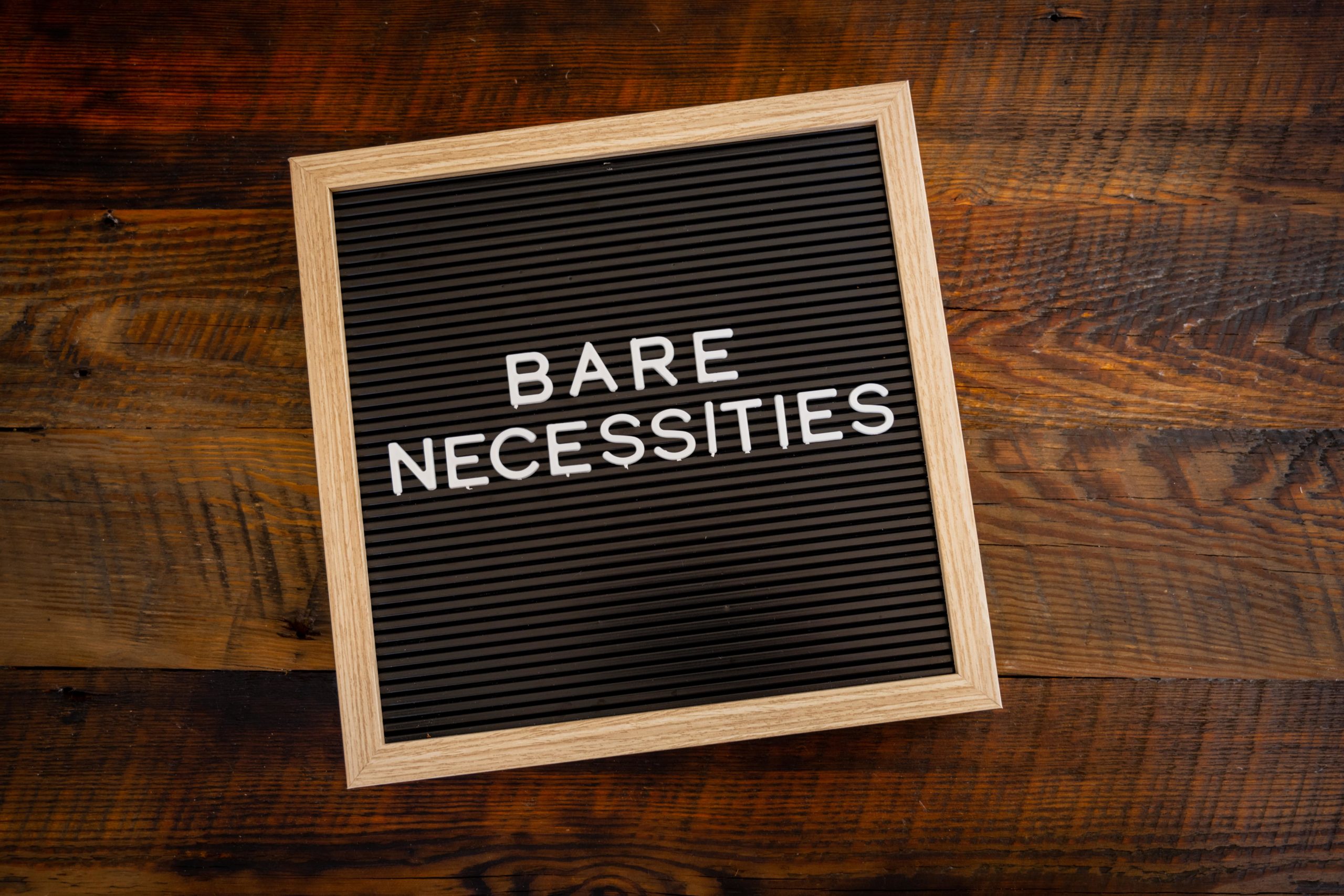
BARE NECESSITIES INDEX
CONTEXT
- The Economic Survey 2020-21 has introduced the Bare Necessities Index (BNI).
FACTS
- Bare Necessities Index (BNI): This index is a means of assessing equity in economic development among states and regions in India. It uses the basic needs approach.
- Indicators: This index uses 26 indicators on five dimensions of basic necessities— water, sanitation, housing, micro-environment, and other facilities.
- Data Collection: The index has been created for all states based on data collected by the National Statistical Office (NSO) in 2012 and 2018.
- Range: The index classifies areas on three levels of access — high, medium, low — to bare necessities. The index has a range of 0 to 1 where 1 represents the best access to the basic necessities.
KEY FINDINGS
- Richer vs. Poorer States: The Poorer States have reduced the gap with rich States in providing access to the basics of daily life — housing, water, power, sanitation, cooking gas.
- Inter-State disparity in access to the basic necessities has declined in 2018, when compared to 2012.
- Performance of States: States such as Kerala, Punjab, Haryana, and Gujarat top the index. While eastern Indian States of Odisha, Jharkhand, West Bengal, and Tripura have occupied the lowest positions.
- States which showed significant improvement include Uttarakhand, Rajasthan, Uttar Pradesh, Bihar, Madhya Pradesh, and Chhattisgarh.
- Richer vs Poorer Households: The access to basic necessities has improved significantly for the poorest households when compared to the richest households.
- The gap between Rural and Urban India: There is still a gap between urban and rural India as well as among income groups in access to basic necessities.
STEPS TAKEN TO PROVIDE THE BARE NECESSITIES
- Pradhan Mantri Awas Yojana and Saubhaggya yojana for housing.
- PM-JAY and National Health Mission for the health sector. Increased allocations for some of the bare necessities in the budget 2020-21 such as the health.
- PM eVIDYA, Swayam Massive Open Online Courses (MOOCs) and PRAGYATA in the educational sector.
- Aatmanirbhar Bharat Rozgar Yojana: It is aimed at incentivising the creation of new employment opportunities during the Covid-19 economic recovery phase.
- Niti Aayog Sustainable Development Goals Index: The index documents the progress made by India’s States and Union Territories towards achieving the 2030 SDG targets.
SUGGESTIONS
- There should be effective targeting of the government schemes for the poorer population in both urban and rural areas.
- There should be better Centre-State coordination with local governments as they are responsible for civic amenities in urban areas.
- The BNI could also be constructed at the district level using large annual household survey data to show progress.
- Keeping the traditional as well as new needs into consideration: It is not an ‘either this-or that’ situation, India shall focus on the traditional bare needs along with including smartphones and internet facilities as a basic need to bridge a digital divide in this technological era.
CONCLUSION
- Bare Necessities Index is a good way to ensure equal access to the bare necessities across sectors, states and the country. It shows that there needs to be a special focus on public health. The status of basic needs in the country must be improved as it would lead to the growth of the country and bring improvement in the rank of Human development Index (HDI).
